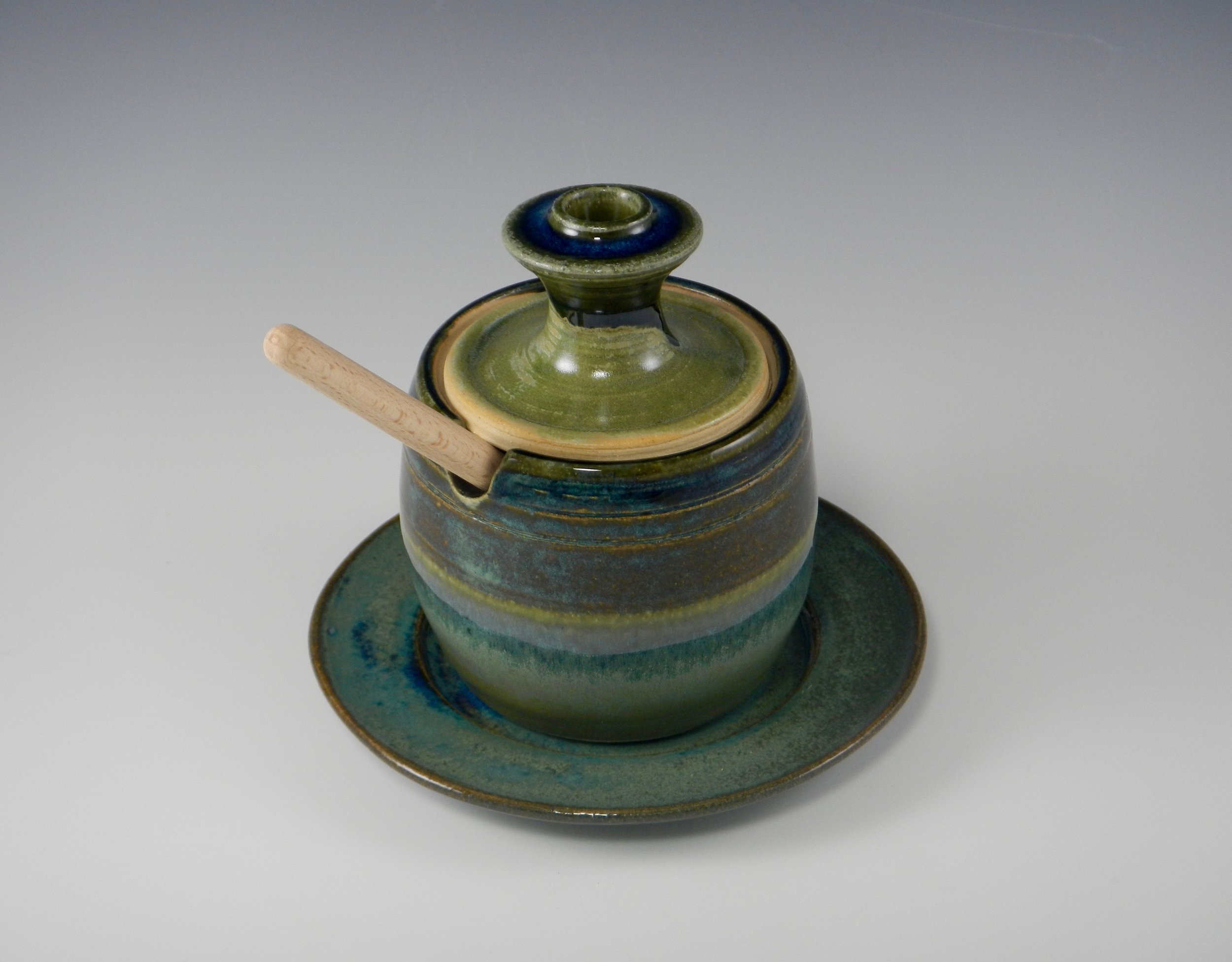Patti Warashina began her life in art studying painting, "lots of it", as she says. When she began with clay, in the 1960s, she wanted to figure out how to build sculptural objects by hand. She found that her knowledge of sewing patterns could be translated into making patterns for clay. She felt that really helped her jump into controlling the material. Because of all her drawing experience, she learned to use the human figure to express ideas. The first thing she made was in fact a human figure- on a clay pot. That morphed into giant lips on pots. There, she was in tune with clay moment in art that had begun with Peter Voulkos and John Mason, change that continued foment with work by Robert Arneson and his Funk Art movement, which included David Gilhooly and Ken Price, among quite a few others. She was alive to the working moment espoused by these people, who were radically changing the face of modern ceramics. It was a heady and freeing time to work with clay, moving away from vessels snd towards personal expression of a different kind. Being a woman in a sexist academic world and art movement did not bother her much. Ms. Warashina was and still is a go-getter, from her reminiscences as she worked at the symposium.
She found that stoneware materials and firing temperatures in the 60s made it hard to keep oxide decoration (the then-current method of decoration on clay) from running and blurring with the melting glaze. (Only chrome stayed in place, which is a very limited palette indeed.) She really wanted lots of color. Those clay luminaries of her early years, the Funk Art clay folks, had begun using new low-fire commercial glazes on the clay, and china paints, and "cold" finishes like paint, bursting through the previous high-fired palette with great attraction for Pat. Learning, usually, when challenged by something (like those runny oxides), she adapted, and now she adopted those bright colors that stayed put.
As she worked, she found that figurative proportions could be played with; people would still understand what they were seeing if, for example, arms and legs became disproportionately small or lips disproportionately big. She has played with that ever since. If her animals were somewhat human-like and her humans somewhat animal-like, what difference would it make? It's all in service to a bigger idea for each piece.
She shrugs off the words "craft" or "art", saying it is not important what to name it. The medium draws her back repeatedly. "There's always something there that keeps dragging me back into it." She continues, "The hardest thing...is thinking about ideas. If I can figure out the idea, I can figure out how to build it... Clay, I like the permanence of it." It is different from other media. She likes "that fired quality."
Warashina makes large molds to facilitate assembling the parts of her sculptures- just as she made sewing-type patterns earlier. Casting the forms or pressing them into the mold parts greatly aids in making the sculptures as thin as possible. First she draws her conception of the piece from various sides, then makes the lightweight mold from what appears to be fiberglass and plaster (which I believe is modern medical-cast material). As she talked, she built this cat (above).
Recently, social justice projects have become increasingly important to her. Making objects, she says, is not enough any more. She is interested in "marrying craft and social justice in some way." I hope to see that.







































